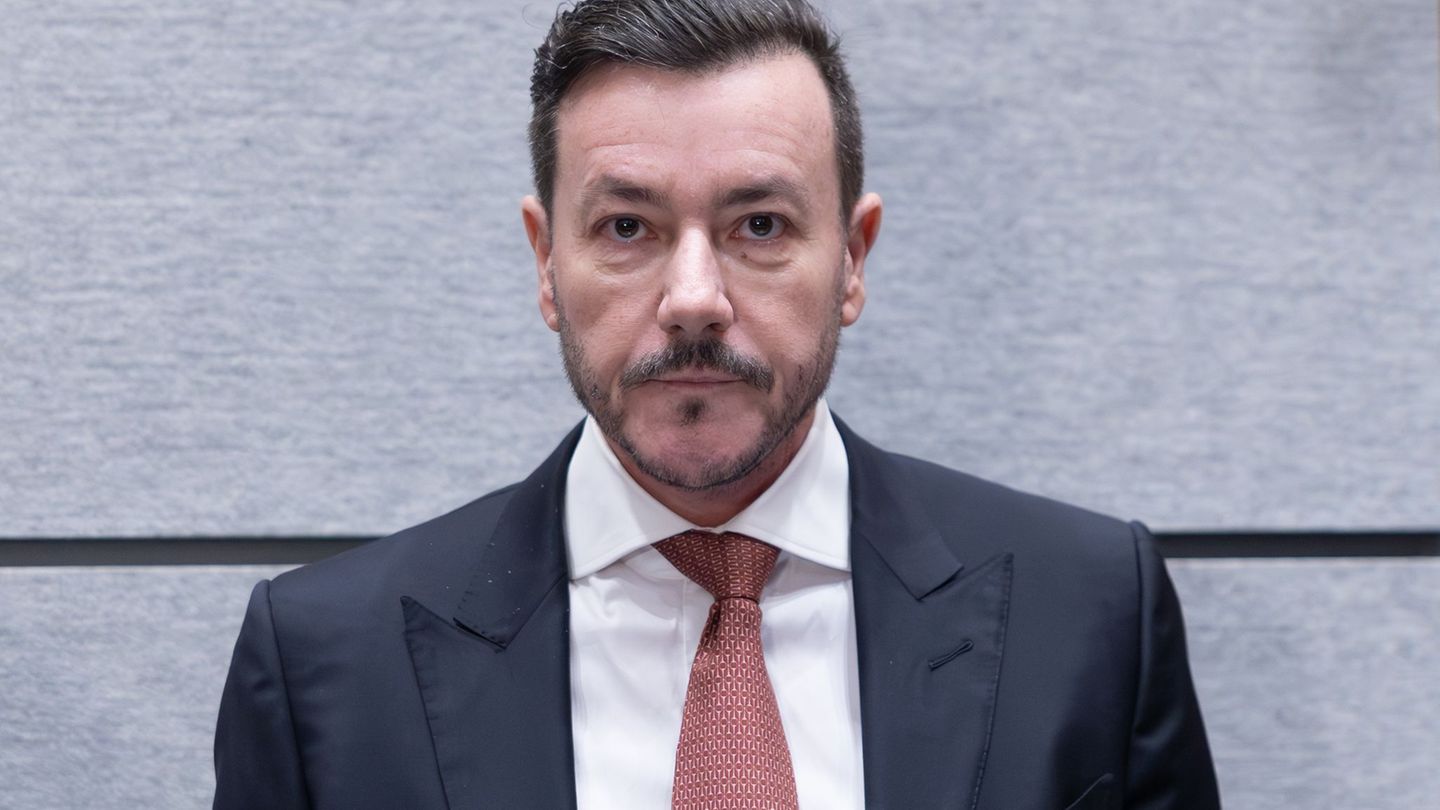The destruction of the energy infrastructure by Russia is causing Ukraine great difficulties. The economy is suffering massively. Moscow, on the other hand, can hope for further growth thanks to the war.
The destruction of Ukraine’s energy infrastructure by Russian attacks is leaving ever deeper economic scars. The Vienna Institute for International Economic Studies (wiiw) has now lowered its growth forecast for the country by 0.5 percentage points compared to the spring forecast to 2.7 percent for 2024. At the same time, the institute is revising the outlook for the Russian economy, which is subject to Western sanctions, upwards. The country, which is geared towards a war economy, will grow at a similar rate to 2023, at 3.2 percent. However, the acute labor shortage and high interest rates will limit the growth of the Russian economy to around 2.5 percent in the coming years, according to the wiiw.
Around a third of Russia’s federal budget – 6 percent of GDP – flows into the war economy. This also benefits many other sectors. High wages for front-line soldiers and payments to war-disabled soldiers and survivors would lead to a redistribution from top to bottom, which would increase sympathy for the war among the population, says a Russia expert at wiiw.
In its summer forecast, the institute assumes that the economy in most of the economies of Central, Eastern and Southeastern Europe will gain momentum in 2024. The EU members of the region in particular have proven to be robust in the face of the ongoing economic downturn in Germany. Poland is the leader in growth among the eastern EU members, with 3.3 percent this year and 3.6 percent next year. The southeastern European EU members Romania (3.0 percent) and Croatia (3.0 percent) will also grow strongly in 2024, according to wiiw.
Source: Stern




